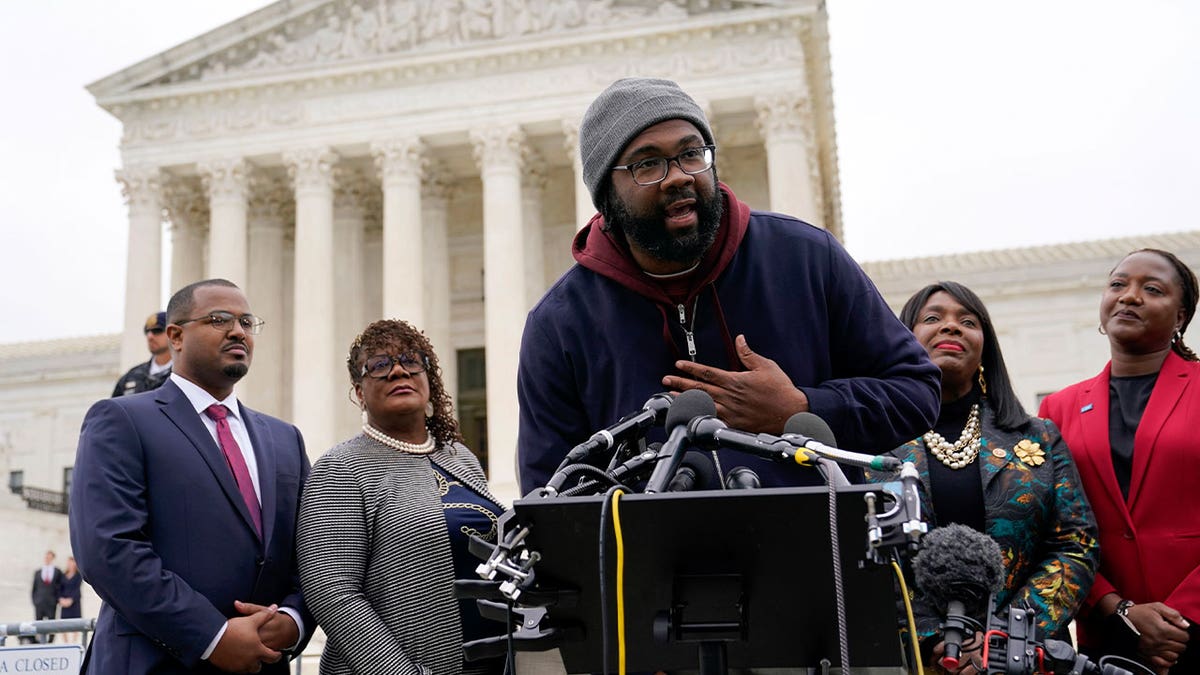Alabama Republicans have unveiled a proposed congressional district map in response to a Supreme Court ruling requiring increased minority voting power. The proposal, however, has ignited debate and accusations of non-compliance with the court's directive.
The Supreme Court affirmed a lower court ruling that Alabama's current congressional map, with only one majority-Black district out of seven, likely violates the Voting Rights Act. With over 25% of Alabama residents being Black, the lower court mandated the creation of another district where Black voters have a substantial opportunity to elect their preferred candidate.
The Republican proposal increases the Black voter percentage in the 2nd congressional district from roughly 30% to almost 42.5%. Republican lawmakers argue this change fulfills the court's mandate by providing Black voters with the "opportunity to elect the representative of their choice." House Speaker Pro Tempore Chris Pringle, co-chair of the redistricting committee, emphasized this point.
However, organizations like the National Redistricting Foundation, which supported the legal challenges to the original map, have condemned the new proposal as "shameful" and vowed to challenge it in court. They argue that Alabama Republicans consistently resist creating a reliably Democratic district and have a history of needing court intervention to ensure fair representation.

The proposed map, approved along party lines by the Permanent Legislative Committee on Reapportionment, has been introduced as legislation in a special session. House Speaker Nathaniel Ledbetter expressed his belief that the new district could elect either a Democrat or a Republican, suggesting it would be a swing district.
Democrats have criticized the Republicans for rushing the process and disregarding the court's instructions. Senator Vivian Davis Figures argued that 42% Black voters is not "close to" a majority, suggesting a figure closer to 50% would be necessary. She advocated for a proposal by plaintiffs in the Supreme Court case that would create a 50% Black 2nd district.
The Republican plan would retain one majority-Black district, currently represented by Rep. Terri Sewell, but reduce its Black voting age population from approximately 55% to 51.6%. Democratic Rep. Chris England criticized the lack of public hearings or analysis of the district's partisan leanings before the proposal's adoption.
Legal experts, including Deuel Ross of the NAACP Legal Defense and Educational Fund, plan to challenge the proposal if enacted. Ross stated that a plan with such a low Black voting age population doesn't seem to comply with the Supreme Court's guidance.
The partisan implications are clear. A higher percentage of Black voters increases the likelihood of a seat flipping from Republican to Democratic control. Pollster Zac McCrary noted that while predicting partisan leanings is complex, a district with a Black voter composition significantly below the mid-40s could favor Republicans.
Comments(0)
Top Comments